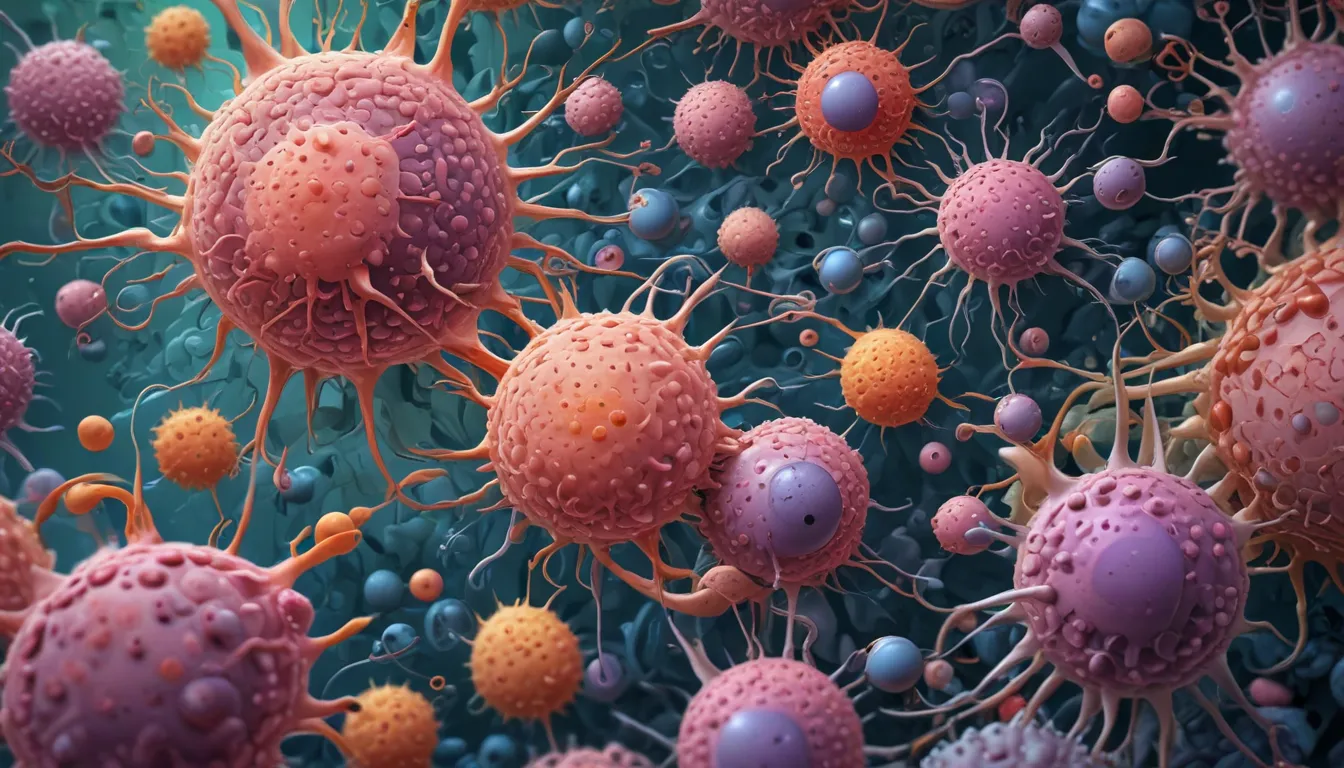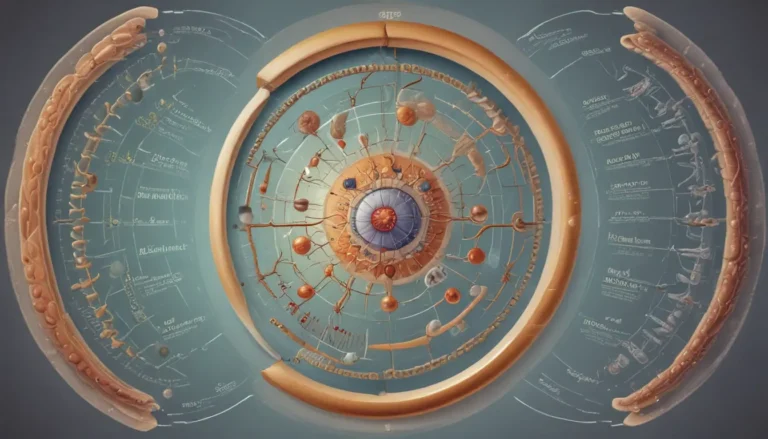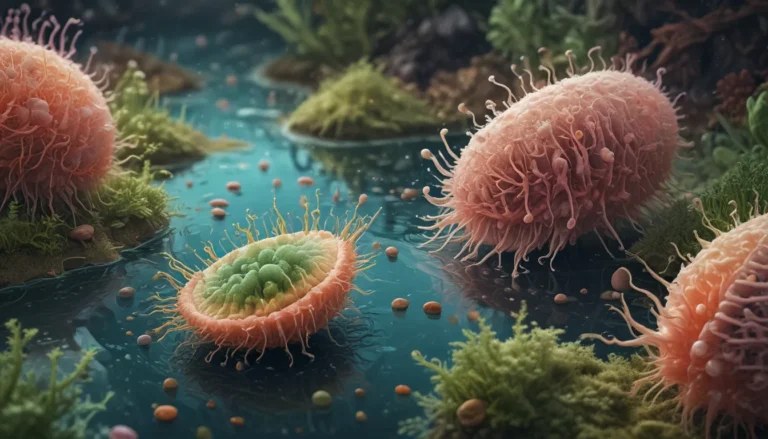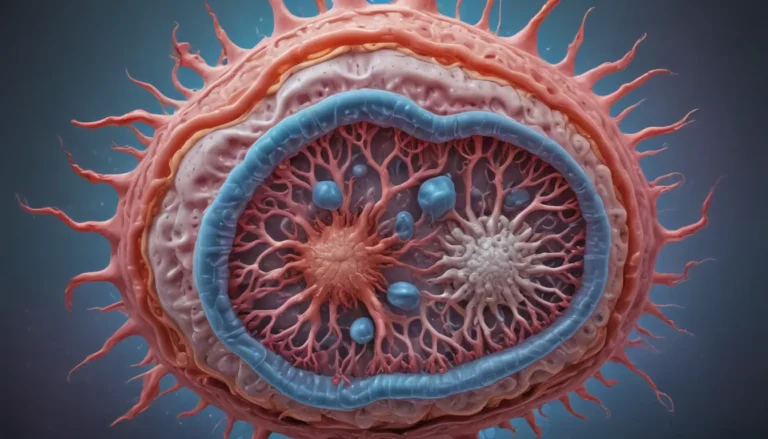A Note About Images: The images used in our articles are for illustration purposes only and may not exactly match the content. They are meant to engage readers, but the text should be relied upon for accurate information.
Welcome to the mesmerizing world of cells, where the tiniest entities hold the key to life as we know it. From the discovery of cells to the complexities of cell communication, we are unraveling 18 intriguing facts to illuminate the awe-inspiring realm of cells and their profound impact on existence.
Unveiling the Marvels of Cells
In 1665, English scientist Robert Hooke first beheld the miraculous world of cells. Peering through his microscope, he laid eyes on the intricate cell walls in a sliver of cork, naming these structures “cells” in admiration of monks’ living quarters.
The Diversity of Cells
Two primary categories dictate the cellular domain: prokaryotic and eukaryotic cells. Prokaryotic cells, exemplified by bacteria, boast a simple design devoid of a nucleus and organelles. On the other hand, eukaryotic cells, prevalent in plants, animals, and humans, feature larger dimensions with a nucleus and diverse organelles.
Delving into Cell Dimensions
Cells, the miniature architects of life, are predominantly invisible to the naked eye, necessitating the aid of microscopes for observation. Ranging from 1 to 100 micrometers in diameter, cells display a vast array of sizes, unveiling the intricacies of their microscopic existence.
The Enigmatic Cell Structure
Encased by a cell membrane, each cell boasts a unique structural makeup. Eukaryotic cells flaunt a nucleus housing genetic material alongside an array of organelles, each with designated functions essential for cellular operations.
Unveiling the Multitude of Cells in the Human Body
The human body houses a staggering estimated 37.2 trillion cells, a testament to the sheer magnitude of cellular populations within our corporeal vessels. This count fluctuates across individuals and evolves over time owing to the ceaseless processes of cell division and cellular demise.
Unfolding the Phenomenon of Cell Division
Cell division stands as the cornerstone of cellular reproduction. Within eukaryotic cells, this intricate process entails DNA replication, chromosome segregation, and subsequent cell division, vital for growth, repair, and reproductive functions within organisms.
Mitochondria: The Beatific Cell Powerhouses
Within cells, mitochondria reign supreme as the “powerhouses” generating adenosine triphosphate (ATP), the cellular energy currency pivotal for sustaining cellular operations.
Delving into Cells and DNA
Every cell within your body cradles the entirety of your DNA, save for a few exceptions like red blood cells. This genetic blueprint harbors instructions for protein synthesis and diverse bodily functions.
Embarking on the Saga of Stem Cells
Stem cells embody a distinctive category with the potential to differentiate into myriad cell types. These versatile entities serve as a reparative force, proliferating endlessly to replenish other cells and foster bodily renewal.
Unveiling the Lifespan of Cells
Cells exhibit varying lifespans contingent on their specialized roles. While skin cells endure a modest two-week lifespan, nerve and brain cells persevere throughout a lifetime, underlining the diverse temporal trajectories of cellular entities.
Pioneering the Realm of Cells Communication
Cells orchestrate communication through chemical cues, fostering coordinated actions among cell groups during immune responses or tissue repair endeavors.
Shedding Light on Cell Waste Management
Much like humans, cells engender waste products necessitating disposal. Lysosomes, specialized organelles within cells, often break down these waste materials or expel them from the cellular domain.
Embracing the Concept of Cell Specialization
Cell differentiation enables cells to adopt distinct functions tailored to specific tasks. This critical facet of cellular operations paves the way for specialized roles like muscle, nerve, and blood cell functionalities.
Nourishing Cells with Energy
Cells thrive on energy harnessed from nutrients consumed. This energy undergoes conversion into ATP through cellular respiration, serving as the primary energy reservoir for cellular functions.
Envisaging Cell Movement
Certain cells like sperm cells and white blood cells exhibit remarkable motility facilitated by structures like flagella and pseudopods, enabling dynamic cellular migration.
Unraveling the Enigma of Cells and Aging
Cellular aging encompasses a multitudinous array of changes, encompassing DNA damage, oxidative stress, and telomere shortening. These transformative changes impinge on cell function and longevity, contributing to the overarching process of aging.
Envisioning the Largest and Smallest Cells
Within the biological tapestry, the coveted title of largest cell befalls the ostrich egg, a colossal entity measuring over 15 cm in diameter. Conversely, the minuscule realm harbors the smallest cell, purportedly certain bacteria like Mycoplasma genitalium or within the human corpus, the sperm cell.
In conclusion, cells stand as the bedrock of life’s edifice, orchestrating a symphony of functions across all living entities. By delving into these 18 enlightening cell facts, we embark on a transformative journey, unraveling the cellular intricacies that underpin existence in its entirety.






